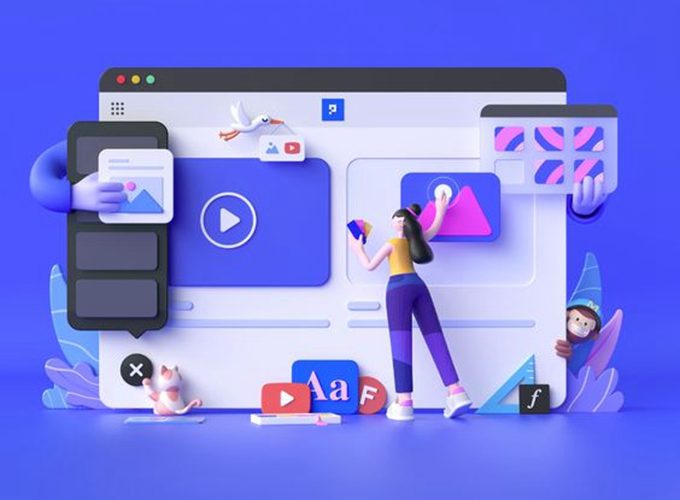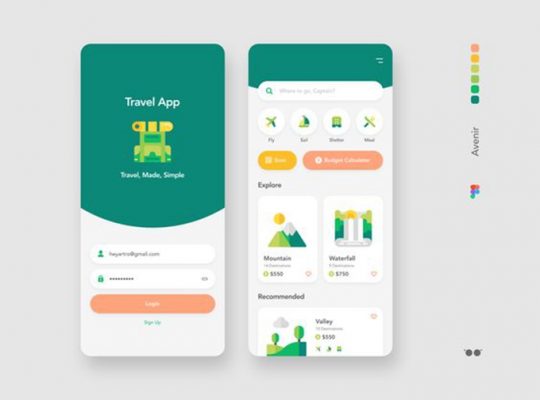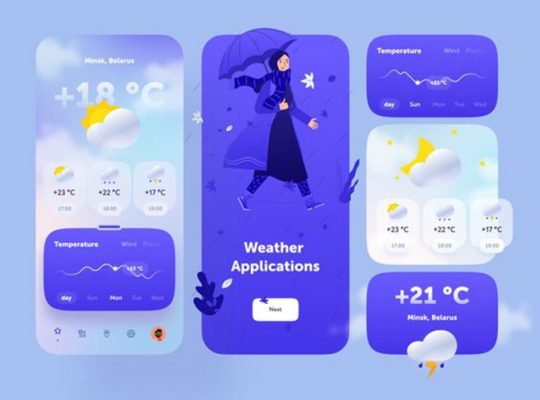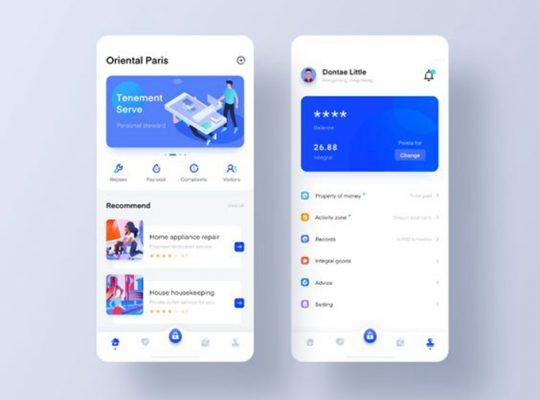The holy grail of cell advertising measurement is Return on Advert Spend (ROAS), significantly on this post-iOS 14.5 period when quantifying ROAS has develop into tough for advertisers.
Table of Content
The calculation itself is easy. The associated fee have to be aggregated and matched to attribution and earnings so as to calculate, and that is getting harder than ever.
A few of these issues will likely be introduced up on this weblog article, together with different methods to resolve them. Let’s study it intimately.
Why is ROAS so difficult to quantify in a world that values privateness?
ROAS, Return On Promoting Spend, is a advertising metric that measures the efficacy of a digital promoting marketing campaign. ROAS helps on-line companies consider which strategies are working and the way they’ll enhance future promoting efforts.
As a result of fragmentation of information amongst advert networks, advertisers have historically had a tough time matching price and attribution knowledge.
Each advert community that the everyday marketer makes use of has its personal knowledge scheme, enterprise guidelines, enterprise fashions, knowledge refresh fee, and so forth. It has been difficult to standardize price knowledge and mix it with attribution because of the lack of requirements.
SKAdNetwork (SKAN), privacy-centric attribution, web-to-app, and different types of attribution developed with the discharge of Apple iOS 14.5 and the ATT framework, inflicting extra knowledge fragmentation. There are additionally extra knowledge challenges because of the assorted attribution fashions.
What points come up from the brand new types of attribution?
-
Totally differentrangesof information granularity for a similar advert community’s price and attribution.
Community A, as an example, supplies info on spending on the marketing campaign, adset, advert, and county ranges. Nonetheless, Community A provides two distinct ranges of granularity for attribution. One is for SKAN and the opposite for all the pieces else. The reporting construction for SKAN attribution is on the marketing campaign degree.
For the next campaigns, the reporting hierarchy is similar as a result of the price is reported. You have to mix the information on the applicable granularity degree relying in your intention and what you are trying to optimize.
Chances are you’ll sometimes have to retailer the identical knowledge twice and use it in several methods. Moreover, it’s essential to hold making these enhancements in the event you’re working with extra companions. As you might have already realized, this isn’t a simple job.
-
The info’s accuracy
The efficient Price Per Set up (eCPI) and ROAS will not be solely true within the new context. Moreover, it is difficult to optimize campaigns or present new assets to channels with out exact monitoring of those metrics.
The difficulty is that overlapping installs between SKAN and the non-SKAN attribution strategies lead these numbers to vary from actuality. Moreover, no SKAN differentiation is included in the price report (a marketing campaign is a marketing campaign).
Consequently, you see one determine whereas SKAN attribution experiences and one other when non-SKAN attribution experiences. How are you going to resolve which to imagine? Right here, there isn’t a secret approach. Moreover, it has important penalties as a result of ROAS and eCPI are essential KPIs.
Methods to take care of these issues
There are a number of methods to resolve the information drawback, every with its benefits and downsides.
Method 1: Do it manually
You may get a report from the advert community dashboard every time you optimize a marketing campaign and perform the matching by yourself in a spreadsheet.
PROS
-
An reasonably priced choice.
-
Anybody can full it.
CONS
-
Handbook labor requires time. Based on analysis, repeated duties take up a 3rd of the time spent by an odd marketer.
-
Information accuracy is all the time a priority as a result of human labor is incessantly error-prone. Making the wrong choices based mostly on the wrong knowledge results in inaccurate knowledge.
Method 2: Do it programmatically
One other strategy is to create the connection to the accomplice APIs by yourself, then join it utilizing your attribution info.
PROS
-
Helps you keep away from guide labor.
-
Permits scaling as your advertising efforts improve.
-
Since you management all the pieces, it’s the most versatile selection and higher suited to giant groups. With this strategy, it’s possible you’ll select when to tug the information, its degree of granularity, format, attribution matching, and different components.
CONS
-
With this selection, you’re distracted out of your advertising duties. Versus that, you are concentrating on creating a knowledge aggregation answer that is not your major emphasis.
-
Excessive value. It takes a variety of assets to create and handle API interfaces with advert networks. The price of the cloud and the staff of engineers required to help this method will likely be your accountability.
-
The info is intricate, and it takes time to know it. As an illustration, all your price and attribution matchings might develop into invalid if the identify of a marketing campaign adjustments. To supply one of the best degree of accuracy, your system should help this example along with quite a few others.
-
Final however not least, you need to wait to introduce new companions till their integration is completed.
Method 3: Do it through the use of a value aggregation device
Using third-party software program to routinely gather your prices and correlate them to attribution in your personal BI system is another technique.
PROS
-
Saves guide labor.
-
Moassive scalable.
-
Software program for price aggregating could be very specialised.
-
Your wants are in all probability met once you’re able to introduce contemporary companions.
CONS
-
It is not your major space of enterprise.
-
Complexity. Making guaranteeing that the information is coming from two completely different sources (price and attribution), planning the information ingestion into your BI appropriately, and managing the assorted knowledge granularity ranges are all obligatory.
-
Price-intensive. Along with the cloud charge assigned for managing the information in your BI, this feature requires you to pay an attribution vendor and a value aggregation vendor.
How about my eCPI and ROAS?
You can’t independently deduplicate the SKAN and non-SKAN set up knowledge in your ROAS and eCPI. The advert community can’t do both. When utilizing any of the aforementioned decisions, your eCPI and ROAS will stay incorrect till your attribution accomplice takes care of that for you.
The SKAN knowledge is anonymised, which is why solely the attribution info and conversion worth are included within the postback that entrepreneurs obtain from Apple. In different phrases, Apple’s privacy-preserving mechanisms, reminiscent of randomized delays in firing the postback, make it unimaginable to affiliate the postback with a single consumer.
Due to this, it’s unimaginable to inform if the identical occasion was assigned to multiple kind of attribution.
Collectively, price and attribution carry out higher.
Your MMP is an extra treatment. You may get hold of price and attribution knowledge utilizing the identical platform in case your attribution accomplice aggregates price. If that’s the case, your attribution accomplice can deal with evaluating SKAN-based attribution strategies to non-SKAN-based attribution strategies whereas matching it to price.
Returning to Community A now On this case, for non-SKAN, you’ll obtain price info on the marketing campaign, adset, advert, nation, and channel ranges as an alternative of solely the marketing campaign degree. Your attribution accomplice on this occasion connects the price knowledge on the applicable degree of granularity based mostly in your goals, whether or not they be SKAN or non-SKAN.
That’s exactly what Xpend from AppsFlyer does. You may view your price with the analytical dashboards and/or pull the price linked to attribution knowledge on to your inner BI system through Price ETL as an alternative of specializing in creating a fancy system, pulling the information manually, or matching it to attribution.
Maybe you are pondering. Okay, however how can I gather correct ROAS knowledge and deduplicate installs? The Single Supply of Reality (SSOT) answer from AppsFlyer, which was simply launched, permits entrepreneurs to deduplicate overlapping installs.
The truth that as much as 35% of installs could also be recorded twice based mostly on our knowledge simply serves to focus on how unreliable your advertising measurement is. The one factor left to do is to start learning the information within the applicable context as a result of Xpend provides the various granularity of SKAN price.
Consequently, now you can see the appropriate variety of installs alongside your price, ROAS, and eCPI in case you are viewing the SKAN, natural, or non-SKAN metrics. Making judgments based mostly on essentially the most correct knowledge will let you focus on optimizing your enterprise somewhat than changing into overwhelmed by the information.
Abstract
As we’ve proven, it’s difficult to measure ROAS and eCPI on iOS 14.5+ for the next causes:
-
Information fragmentation throughout advert networks and attribution utilizing SKAN versus non-SKAN
-
Inexact price info
There are quite a few strategies for resolving these points, however it’s suggested to depend on a single platform to supply you essentially the most exact knowledge on the most exact degree—and on the applicable second.






